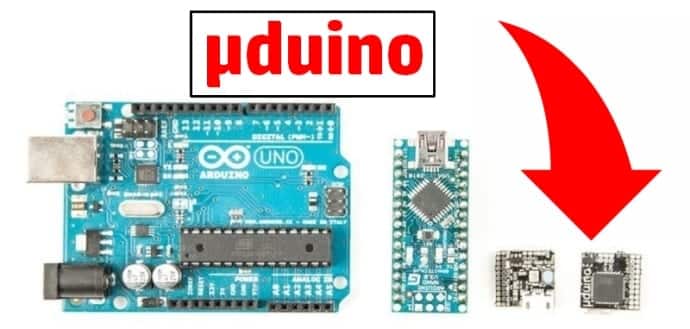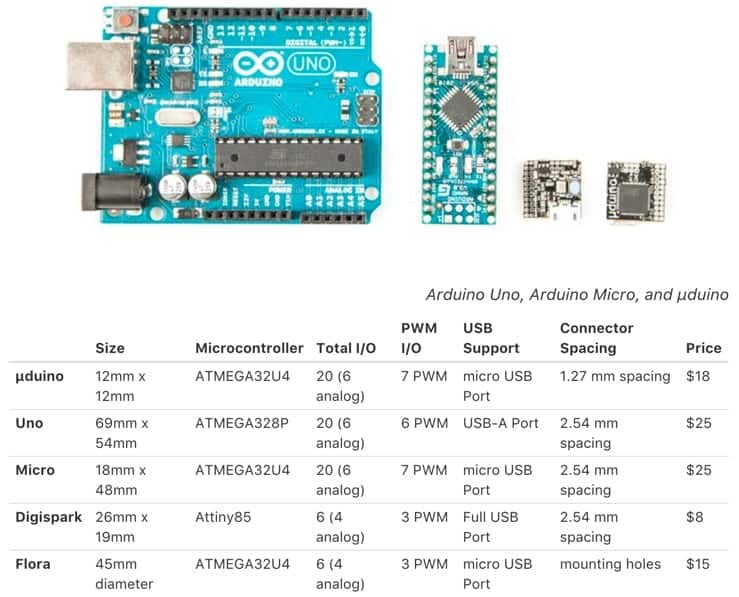The smallest Arduino ever created- µduino
The Arduino project was started over a decade ago in 2003 with the objective of enabling students in an institute of Italy to create devices that could interact with their environment using sensors. It was meant to be a low-cost way to enable novices and professionals alike to create applications of the project such as robots and motion detectors. Today, it has grown into a hardware and software company that enables third parties to develop their own models and we have now received the smallest Arduino board yet.
Crowd Funded project
OLIMEXINO-85S held the title of being the smallest Arduino compatible board around by being barely bigger than an SD card with measurements of about 16.9 x 12.7 mm; but that title now changes hands with the introduction of ?duino board measuring just 12 x 12 mm. The team behind ?duino has designed the board with the objective of providing a shrinkfield device that can be used almost anywhere.
“The µduino makes use of the power of the ATMEGA32U4 chip found in the Arduino Leonardo (a board over 20 times larger), offering 20 I/O ports, including PWM and ADC ports! In addition, the µduino can be powered by batteries or directly by micro-USB.”
The board is said to be perfect for applications such as a mini quad-copter, a GPS logging module, small multimeters, heart rate monitors, and other wearables.The project has launched on Crowdsupply with a $5,000 US funding goal. However, being the smallest does not translate to being the cheapest as it costs $18 to get the board with a micro USB cable. Shipping within the US has been kept free with an additional $7 charged for international delivery. The deliveries are expected to commence from September this year.
Following is a list of the boards technical specifications:
- ATMEGA32U4 microcontroller
- 6x Analog I/O ports
- 14x Digital I/O ports (including Rx/Tx)
- Status LED
- 5V voltage regulator (accepts up to 16V DC)
- 6-pin ICSP programming ports (load custom bootloaders, program other boards, etc)
- 2x 5V ports
- 2x ground ports
- 1x Analog reference voltage port
- Reset button
- 16 MHz precision crystal oscillator
- MicroUSB port for easy programming and prototyping
- 2x mounting holes (can be sewn into clothing)
Sources: CNXSoft


